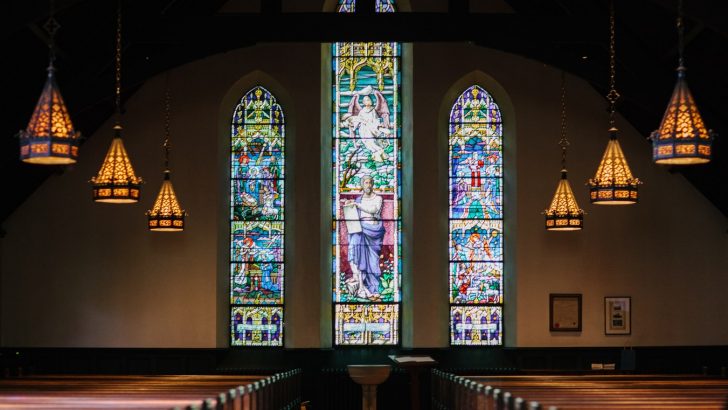Notebook
I’m sure there are other similar parishes around the country, but in my pastoral experience I have never experienced any community like the people of Ballycallan. After my appointment as curate in 1992, I visited the church for the first time and I was shocked and depressed.
I had just returned from studying in the hallowed and beautifully appointed halls of a Washington DC university and boy, did I come crashing down to earth. The church in Ballycallan in 1992 was probably in the worst condition of any church still being used in Ireland at the time. The walls were weeping and crumbling and, on that first visit, so was I!
The church had been built during the worst years of the Great Famine. What a monument to the sacrifice and resilience of a people racked by famine, but determined to provide a house fit for the Lord from their meagre resources and in the most difficult of circumstances. However, in 1992 this famine church dedicated to St Brigid was in serious disrepair mainly due to a ‘debate’ which had gone on for over 30 years, to renovate the building or replace it with a modern structure. The deep divisions caused within the parish as a result of that debate had shades of Thomas Kilroy’s novel The Big Chapel, ironically set in the neighbouring parish to Ballycallan. There certainly was material for a John B Keane play!
Phase
When the idea to build a new church had originally been proposed in the late 60s and early 70s, Irish society was in a phase of throwing out the old and replacing it with the new and the modern.
I can recall a visiting American relative insisting that we throw out the dresser which my father had made from solid wood and she would replace it with a ‘modern’ kitchen cabinet made from chip-board and formica. Thankfully I lived to see the dresser come back in and kitchen cabinet consigned to the rubbish dump.
In the Church it was no different. The reforms of the Second Vatican Council had called for modern, simpler buildings to reflect our new understanding of the church and the liturgy.
All across Ireland, old churches were abandoned and replaced by modern structures. Many of those churches erected during the 70s have had to be substantially renovated costing multiples of the original building figure.
Acutely aware of the sacrifices made by their ancestors during Famine times, many of the parishioners in Ballycallan had resisted the pressure to abandon the building which cradled so many personal and community memories of Faith. Their persistence and patience (mixed with a little stubbornness) finally paid off because beginning in the late 80s there was a renewed interest in preserving what was older and also a greater respect for the quality of the workmanship which had gone into building these older churches. The green light was finally given in early 1994 for the renovation of Ballycallan Church to go ahead. In the ten months that followed the pace was hectic.
Commitment
What I remember most from that time was the extraordinary commitment of so many people both in terms of time and talent freely given. The fundraising was unbelievable, every farmer in the parish raised a calf for the church, many other families pledged a portion of their income and then there was the Parish lotto.
In its first year it made a staggering profit of £44,000, over €50,000, all from a parish community of less than 1,500 people. The Ursuline Sisters in Waterford kindly offered the beautiful altar, tabernacle and reredos from their convent which was closing. Under the guidance of a skilled stonemason, Seamus Kelly, 30 Ballycallan men dismantled the precious pieces, transported them home and re-erected them in the sanctuary of their church.
The Famine church in Ballycallan was rededicated on St Brigid’s Day 1995. Recently I was privileged to return for the 25th anniversary and it looks as magnificent as ever.
***
The Sanctuary Lamp:
The red glow of the sanctuary lamp catches the eye of a bored and distracted child during Mass. She tugs at her father’s arm and says: “Da, when that turns green can we go?”
***
A prayer on visiting my local church
May this building continue to be
a place of mystery,
a place of refuge,
a place of warmth,
a place of private prayer and petition,
a place for lighting candles and passing the time of day with saints,
a place for silent companionship with the One in the tabernacle.
A place to be renewed.
A place to celebrate,
a place to be united with God.



